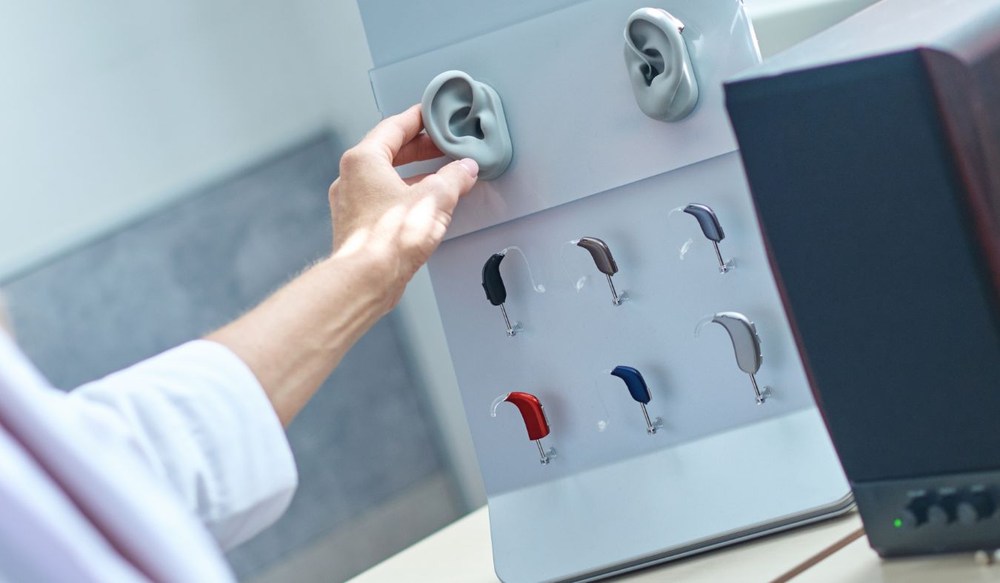How to Choose the Best Hearing Aid for Your Lifestyle
Choosing a hearing aid isn’t about finding the single
Evening & Saturday Appointments Available. LEARN MORE →


Choosing a hearing aid isn’t about finding the single

Hot weather activities shouldn’t require you to worry constantly

Our bodies work as connected systems and sometimes changes in one area can